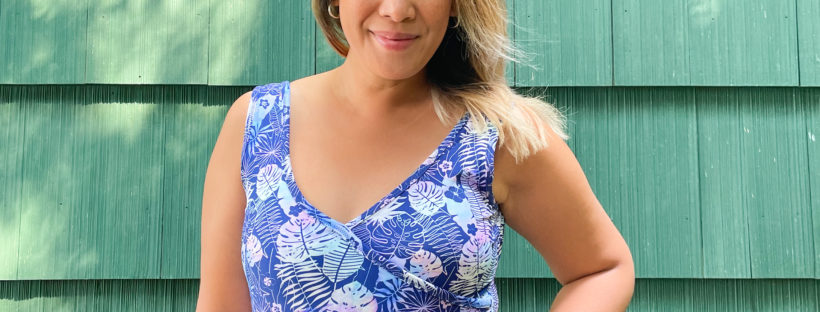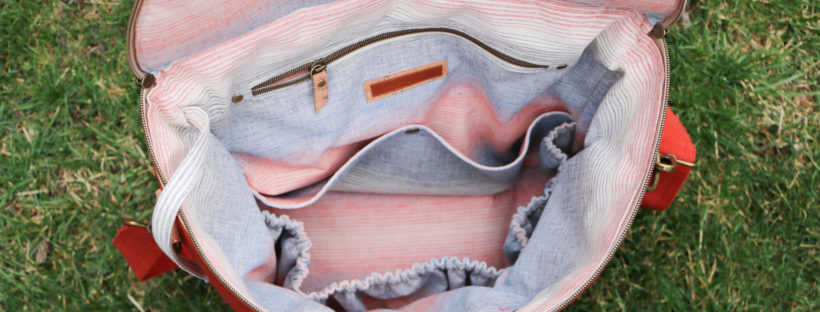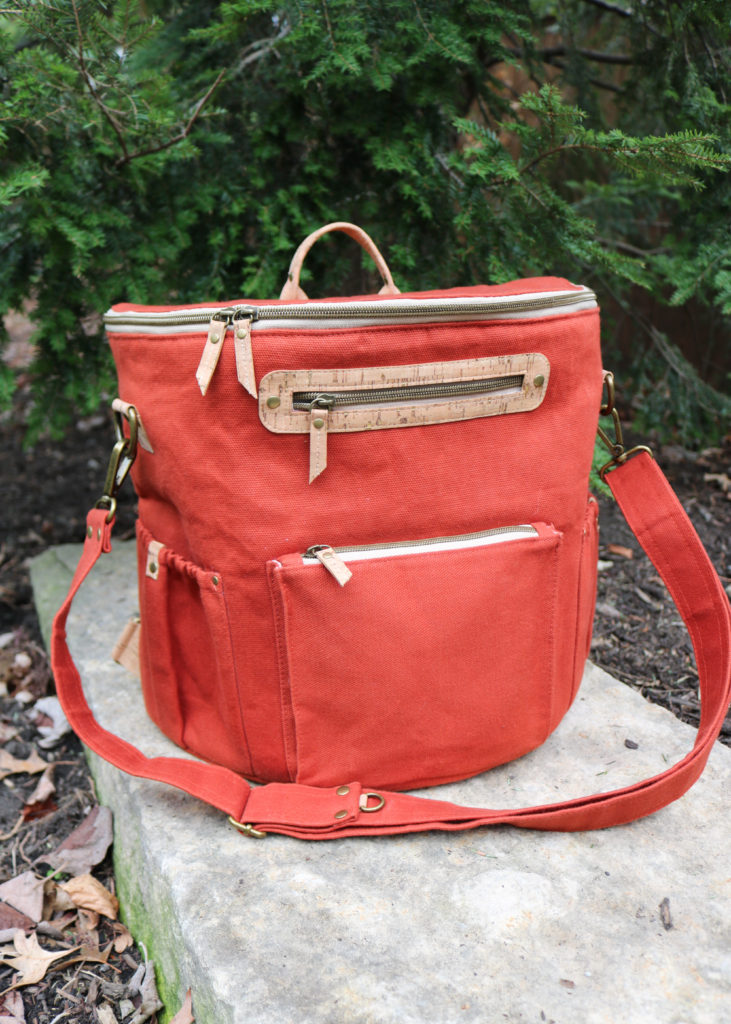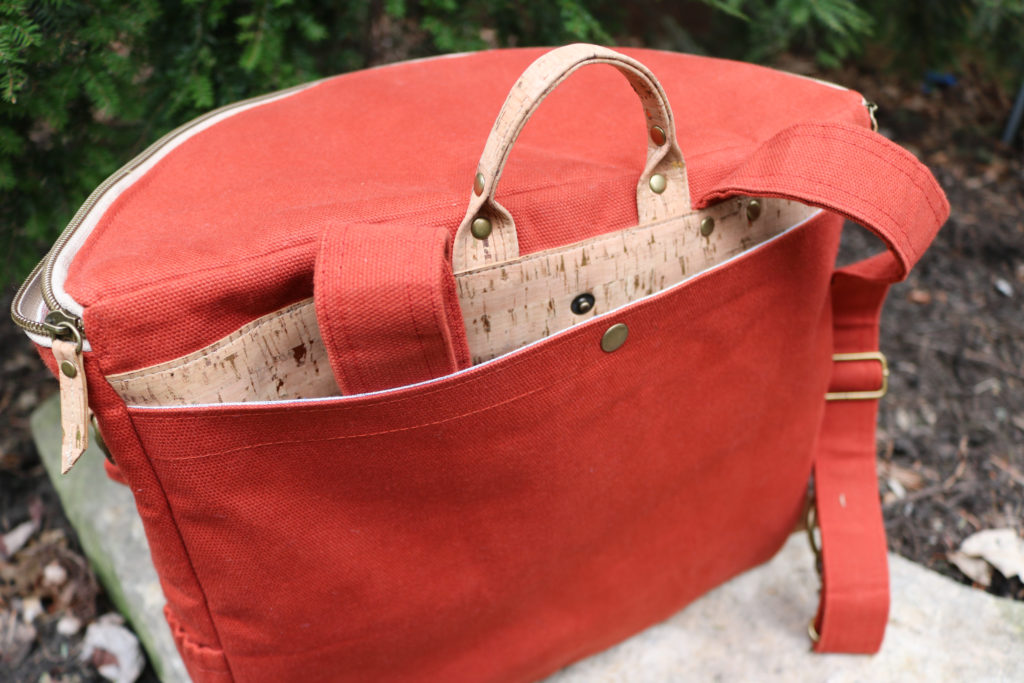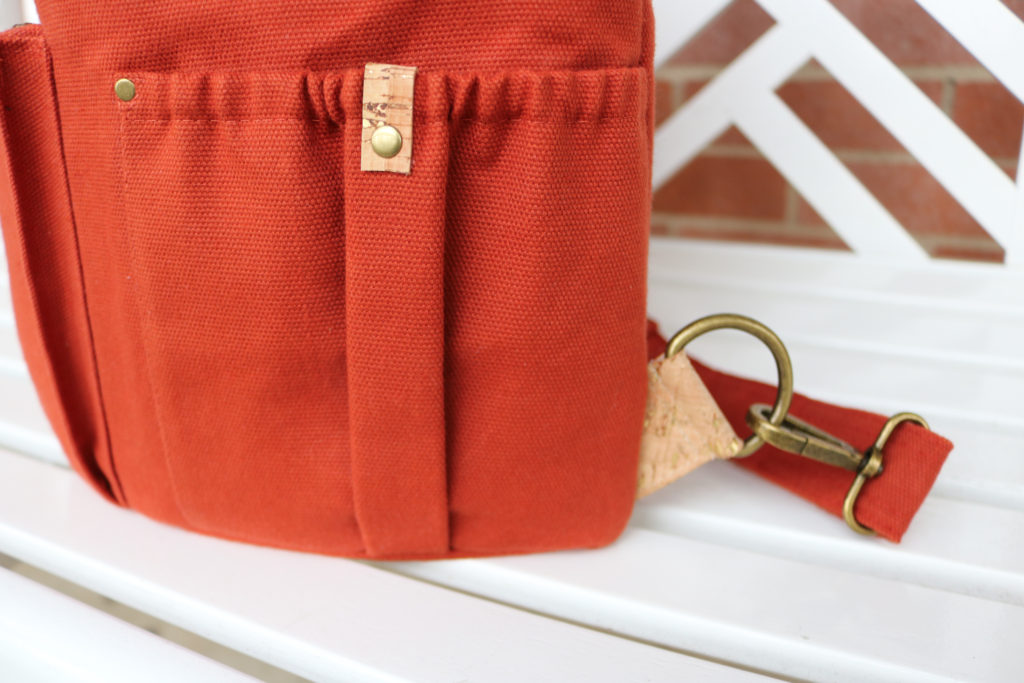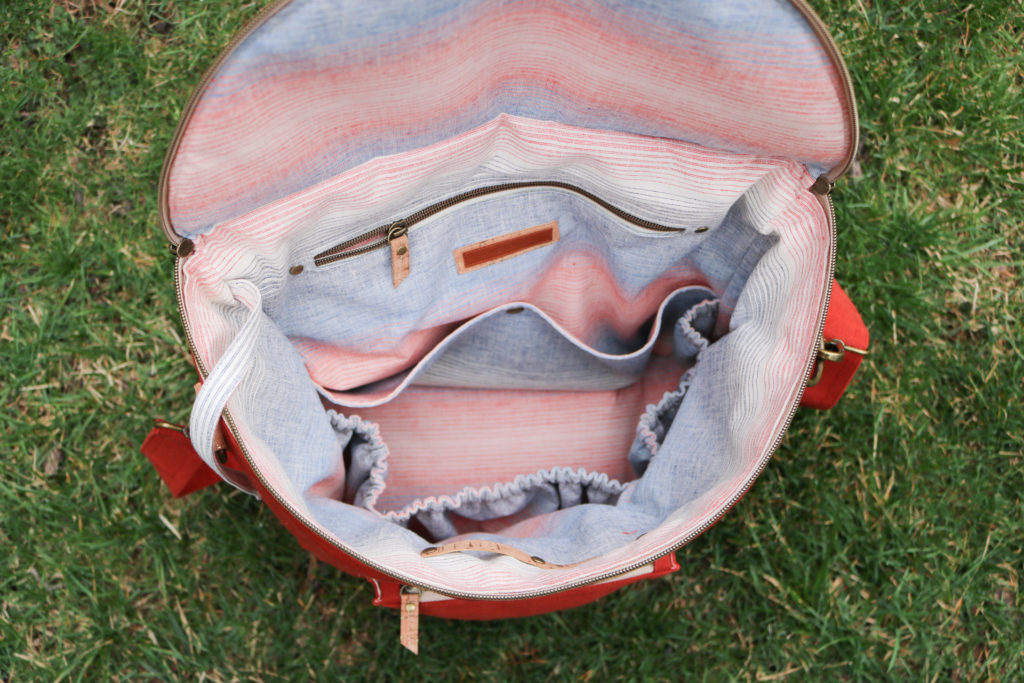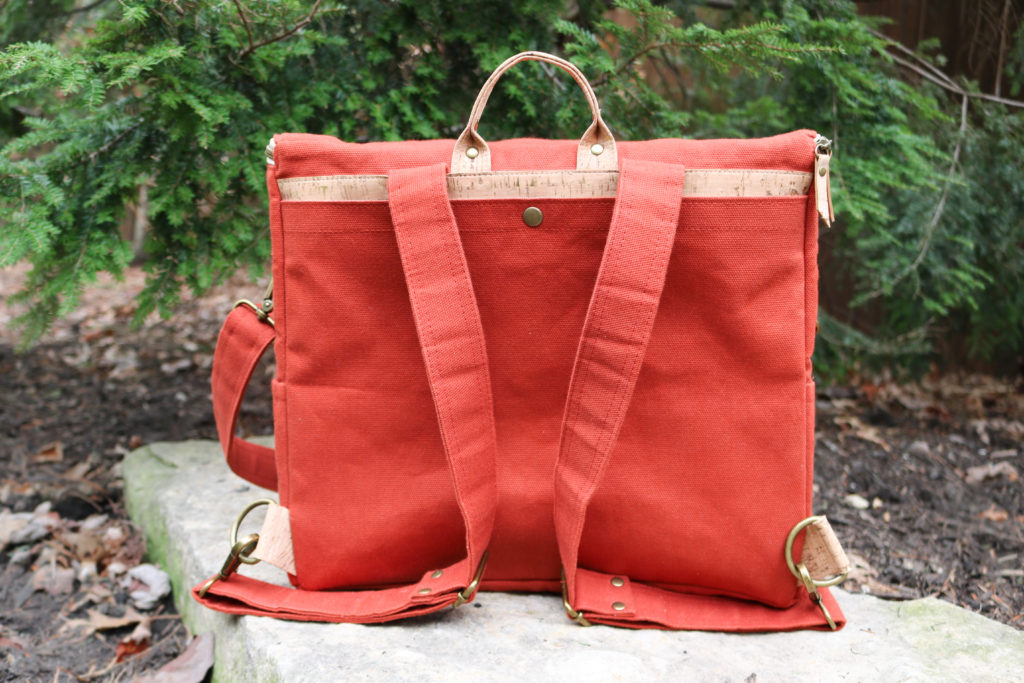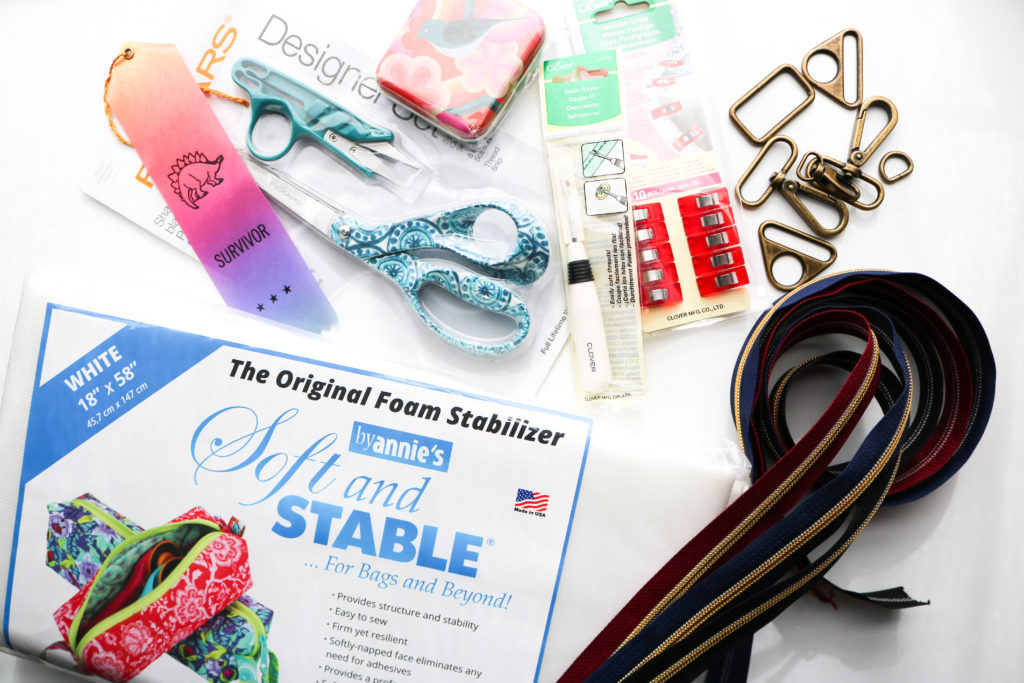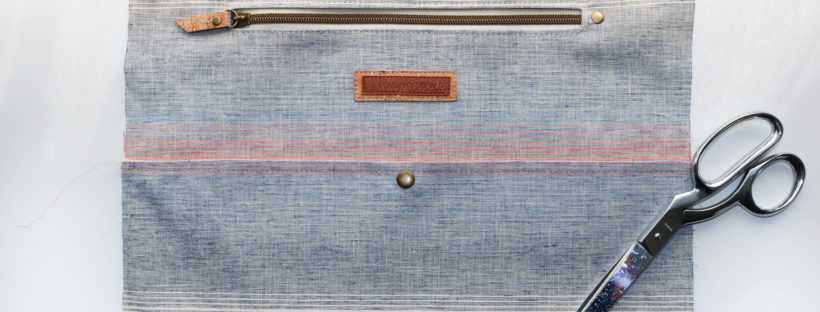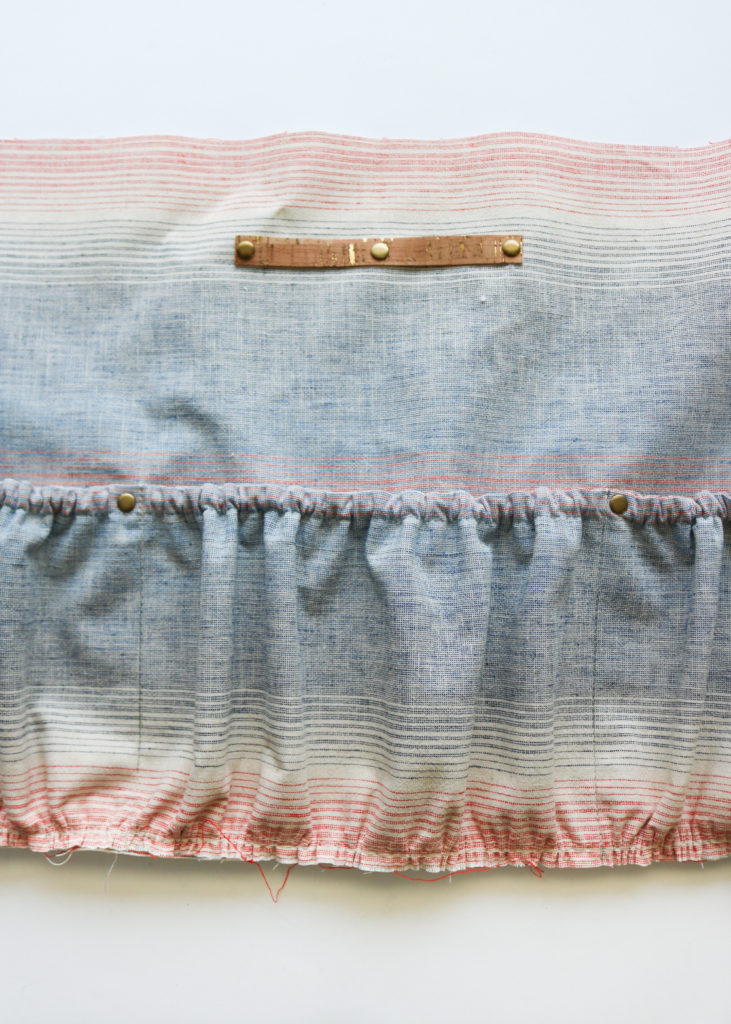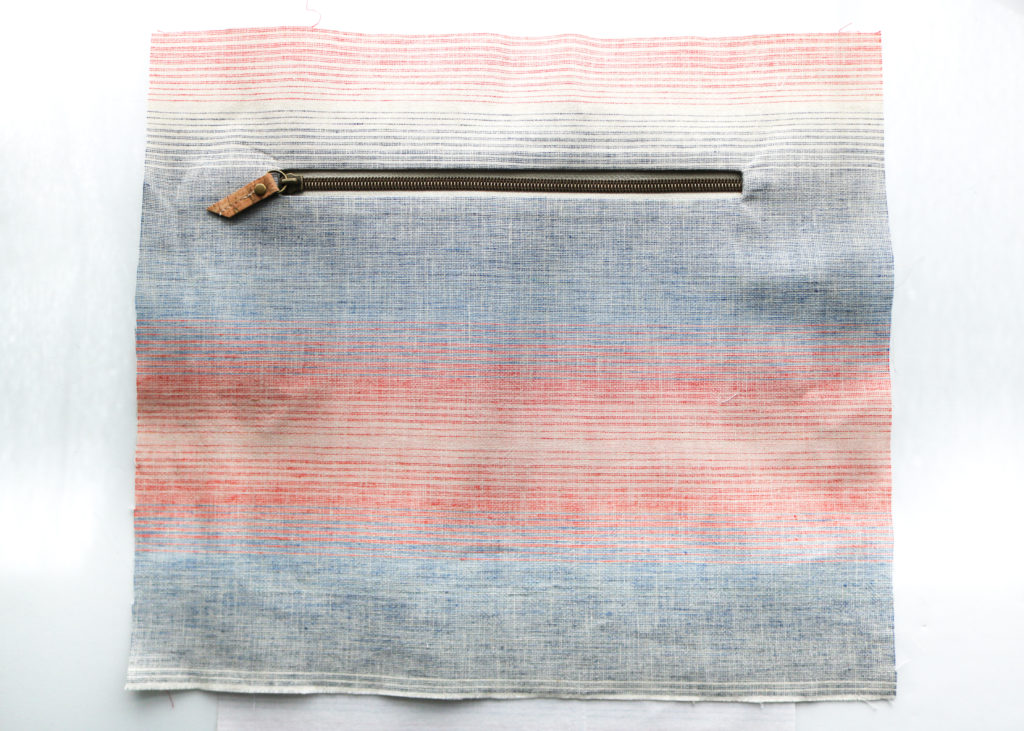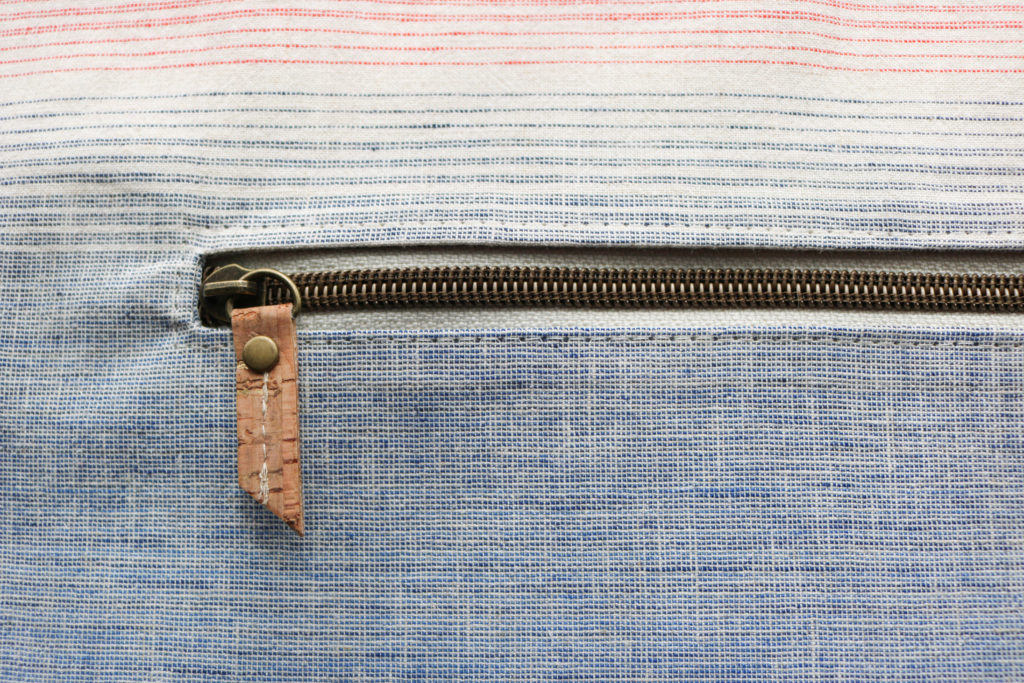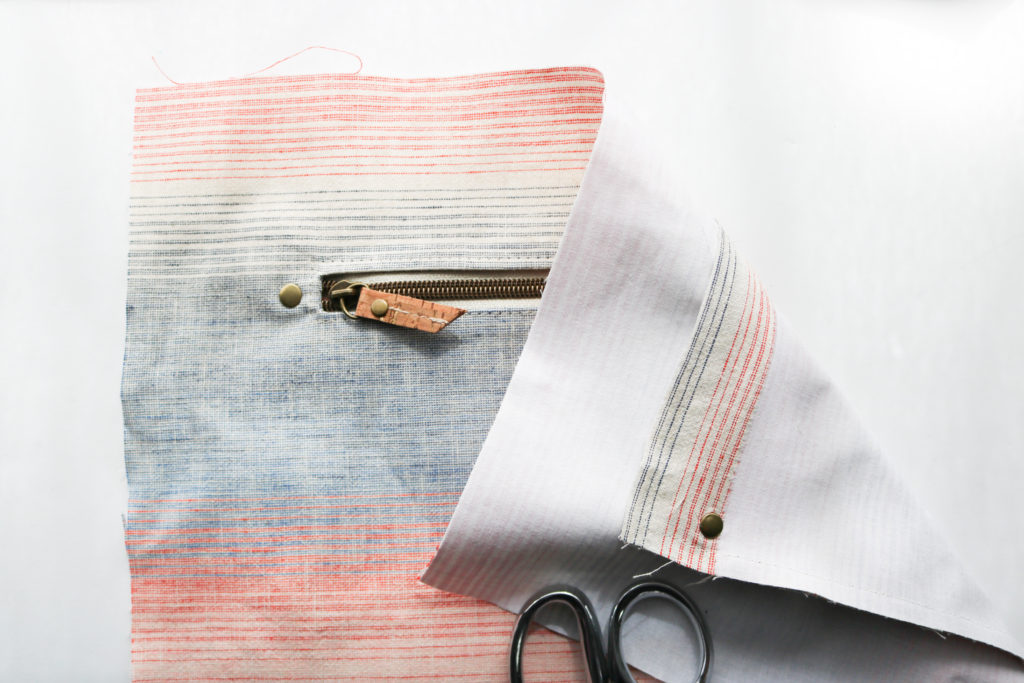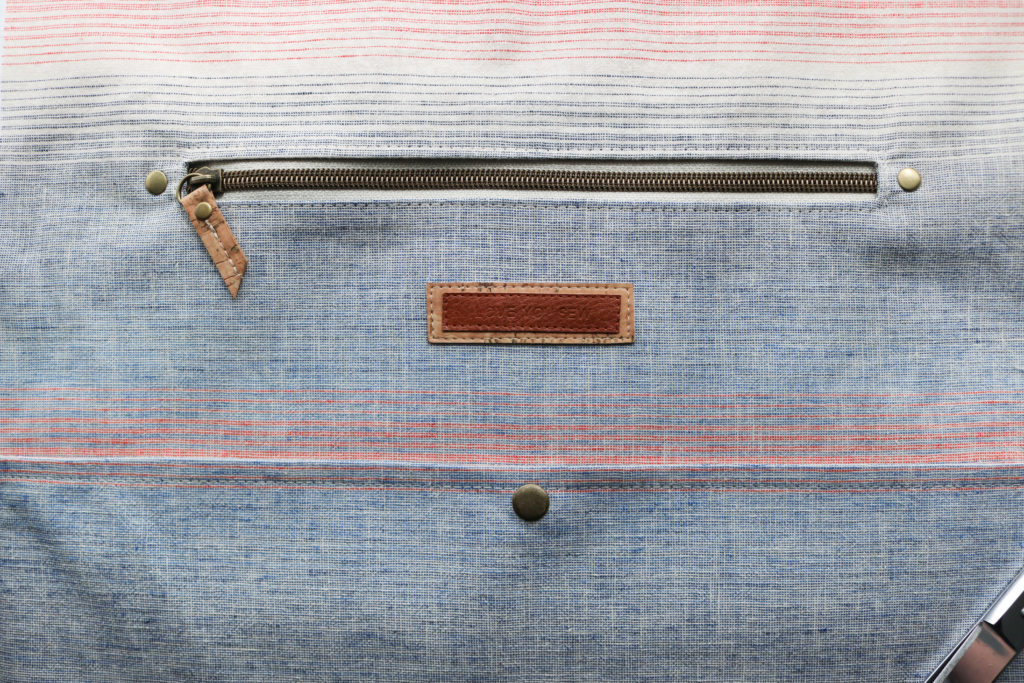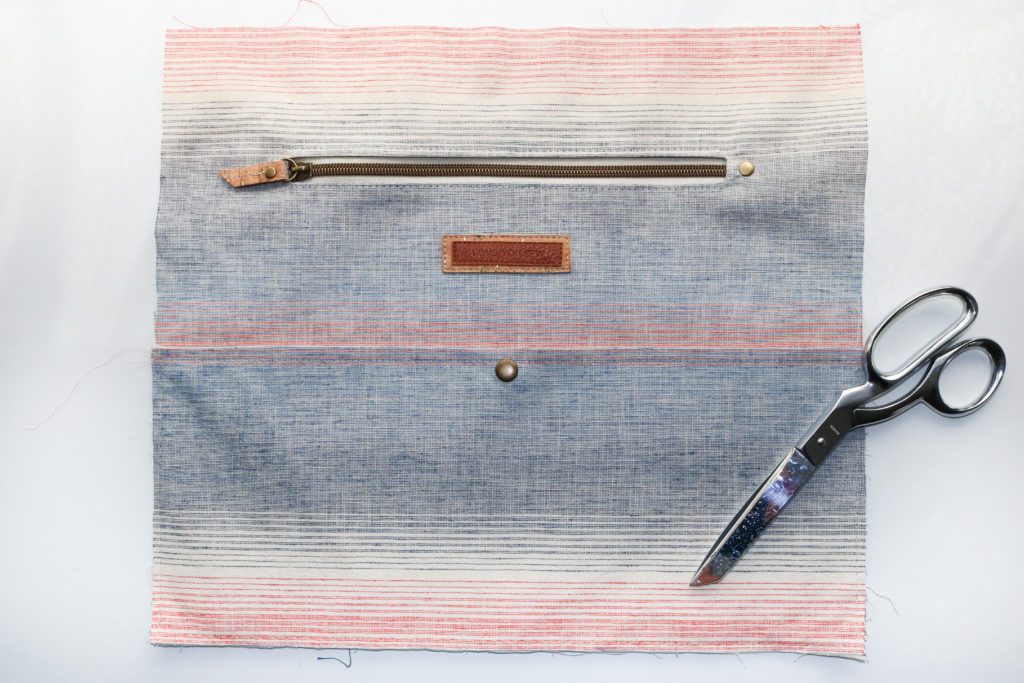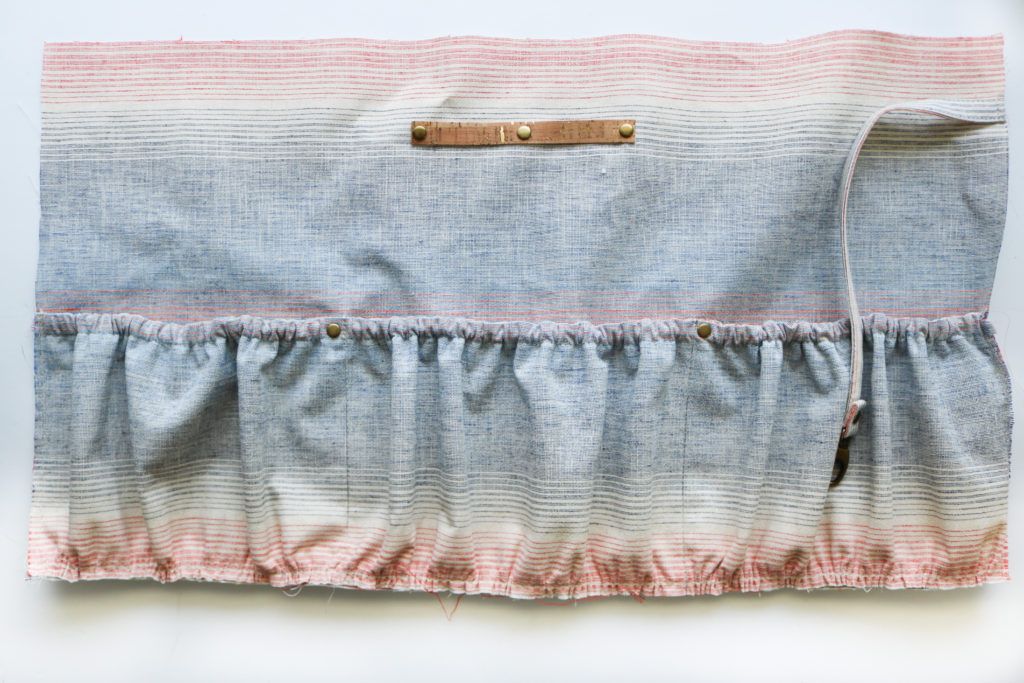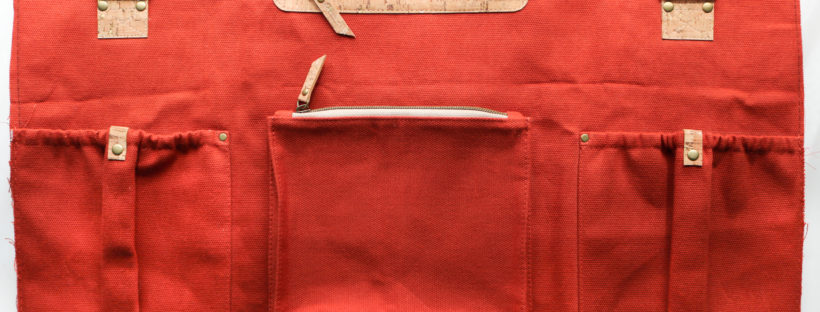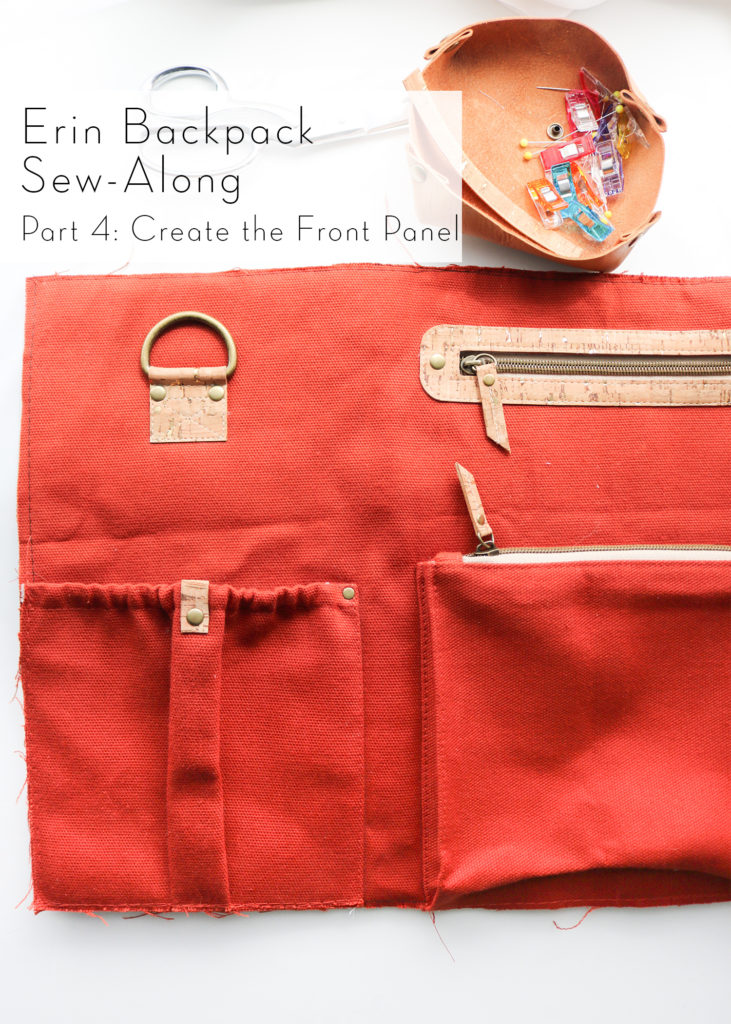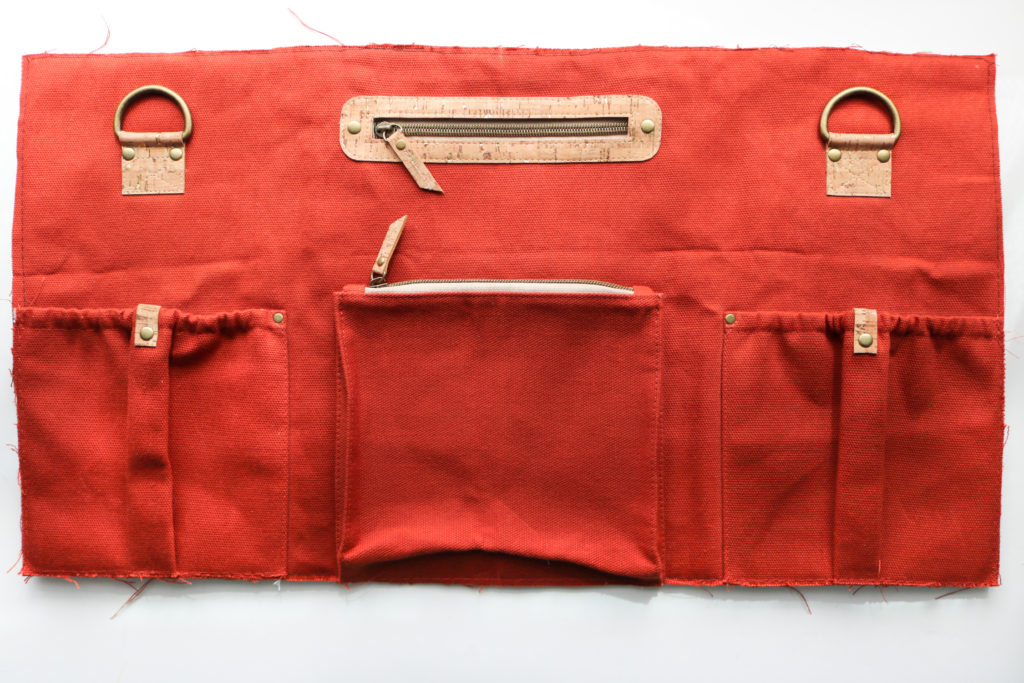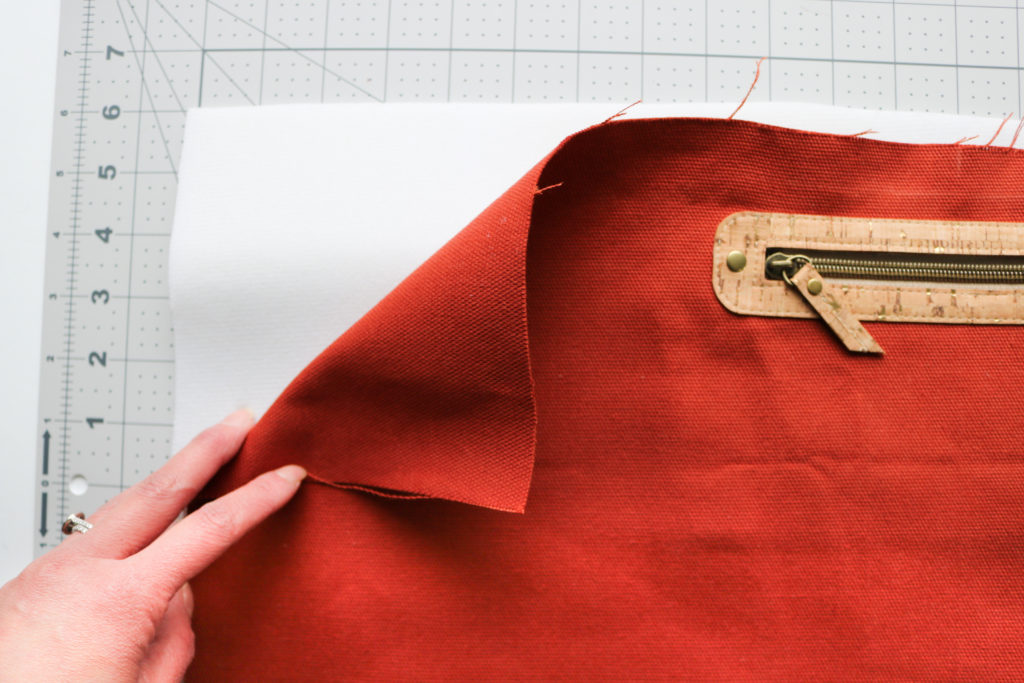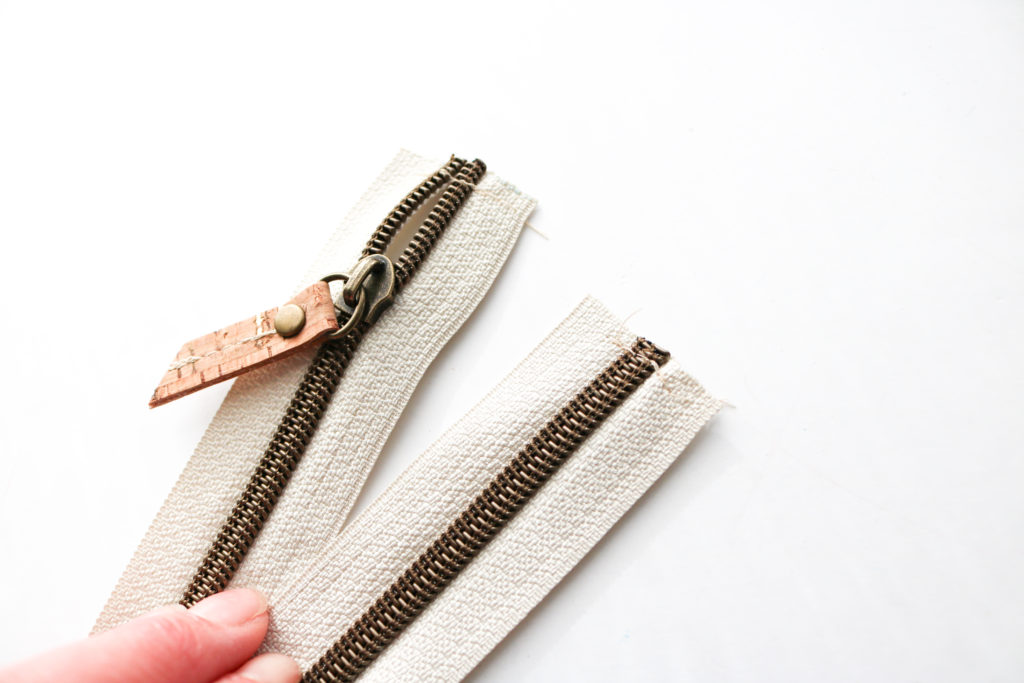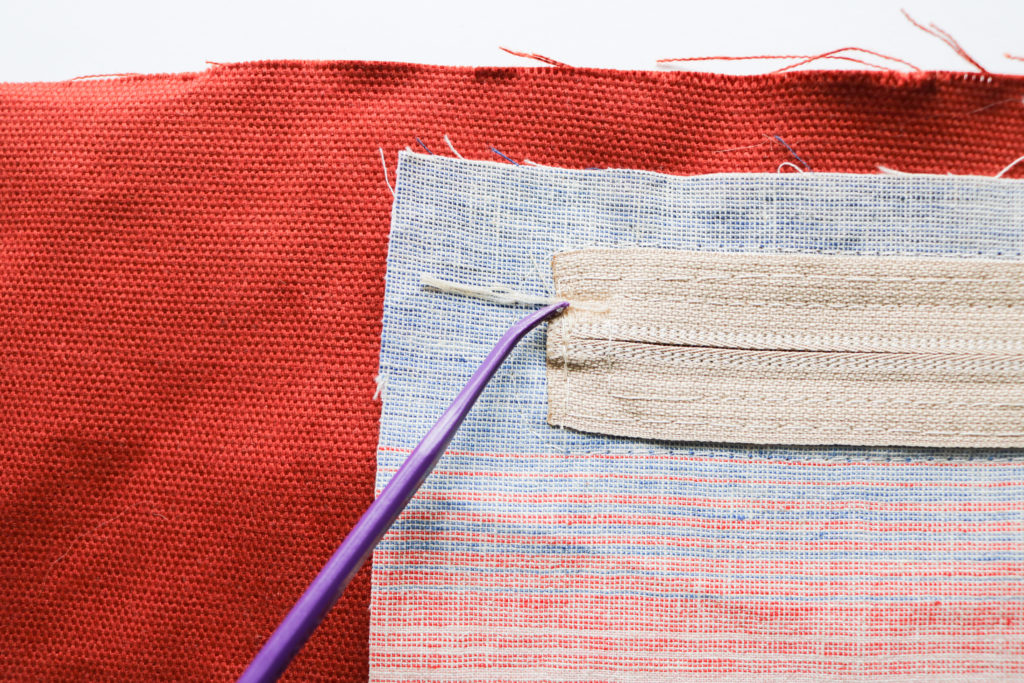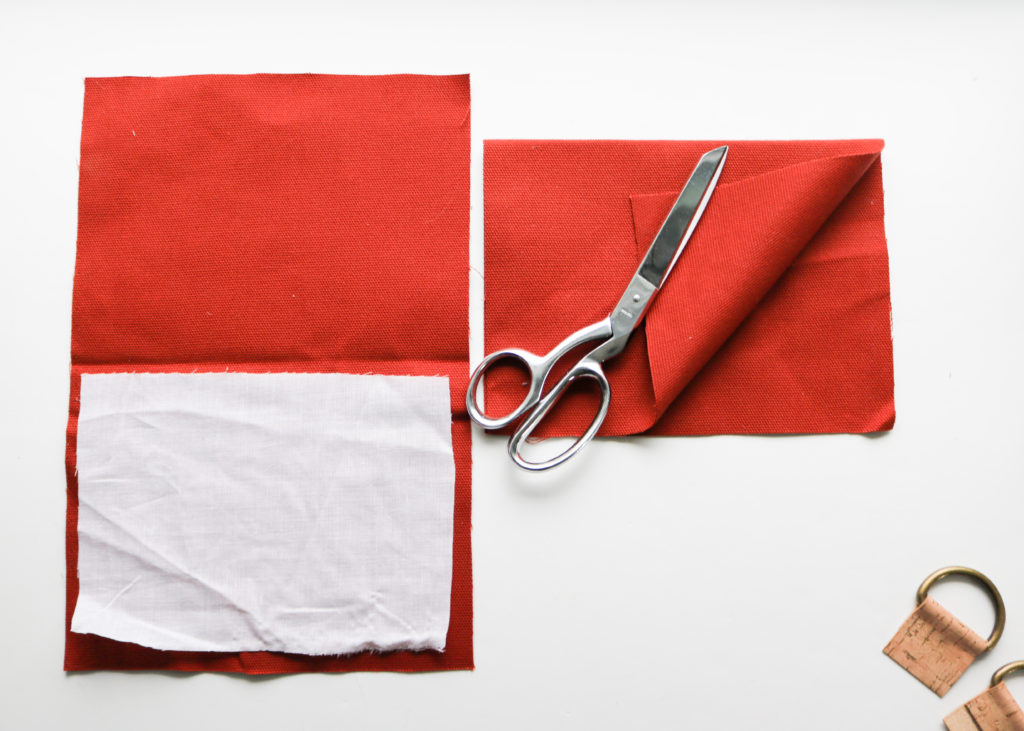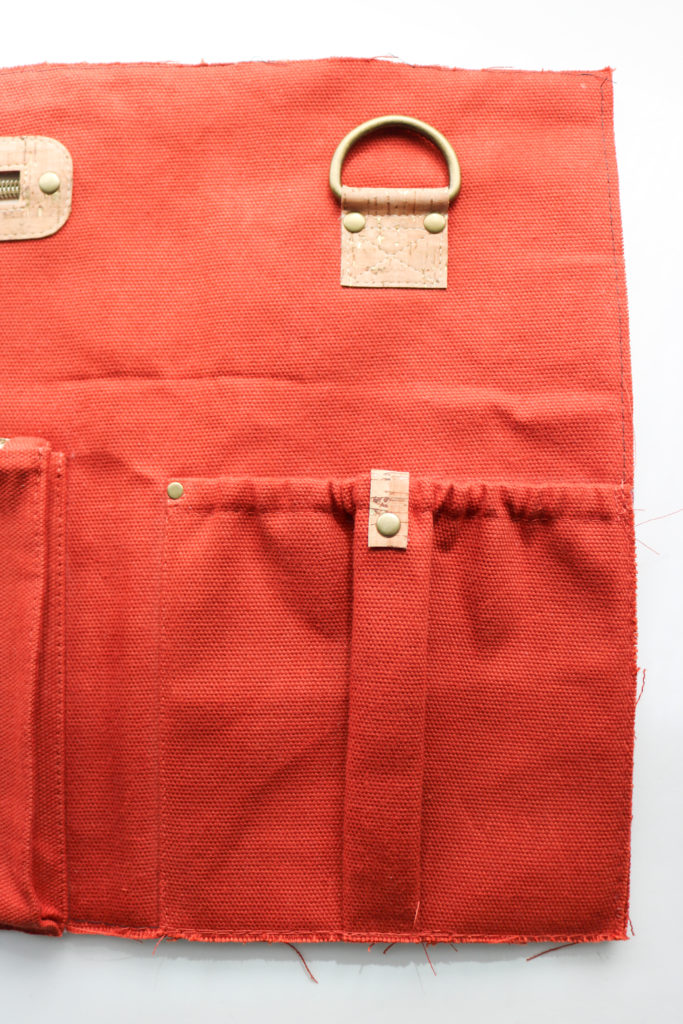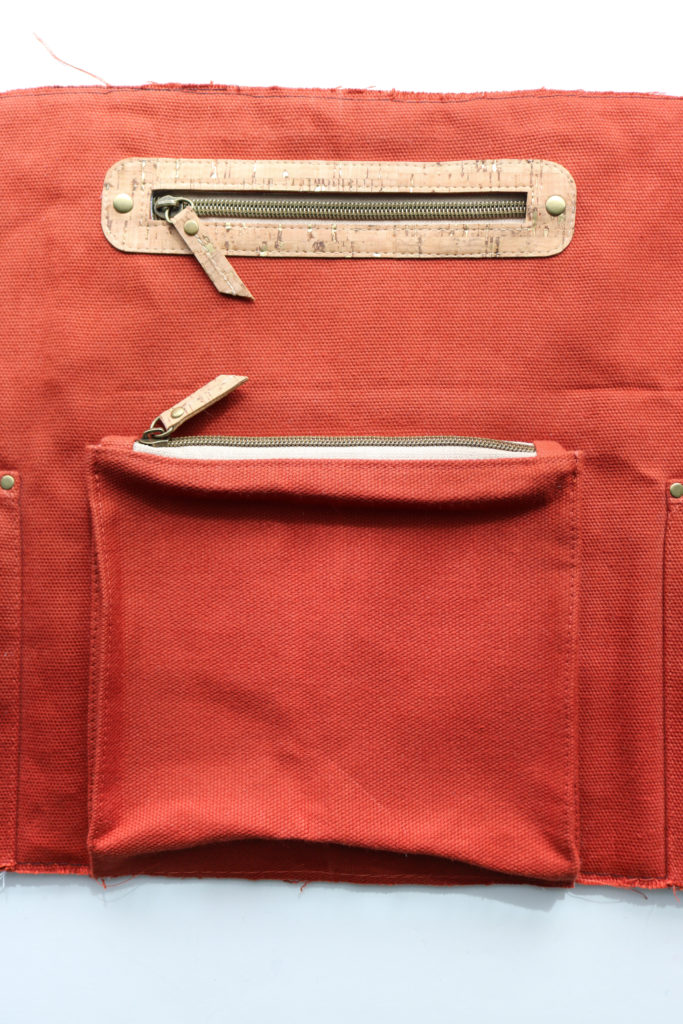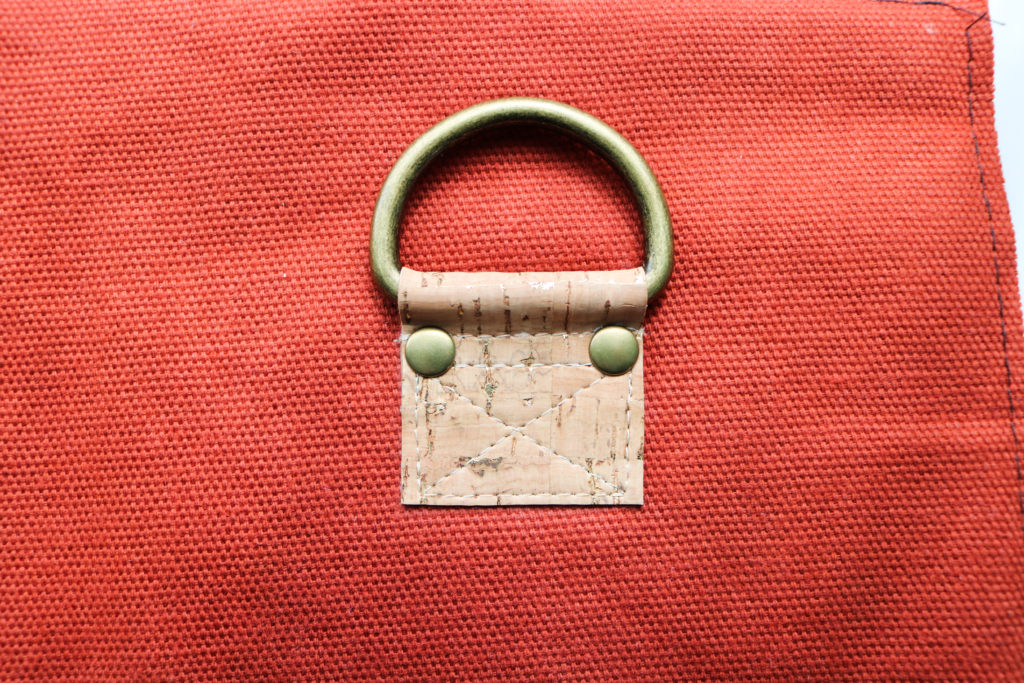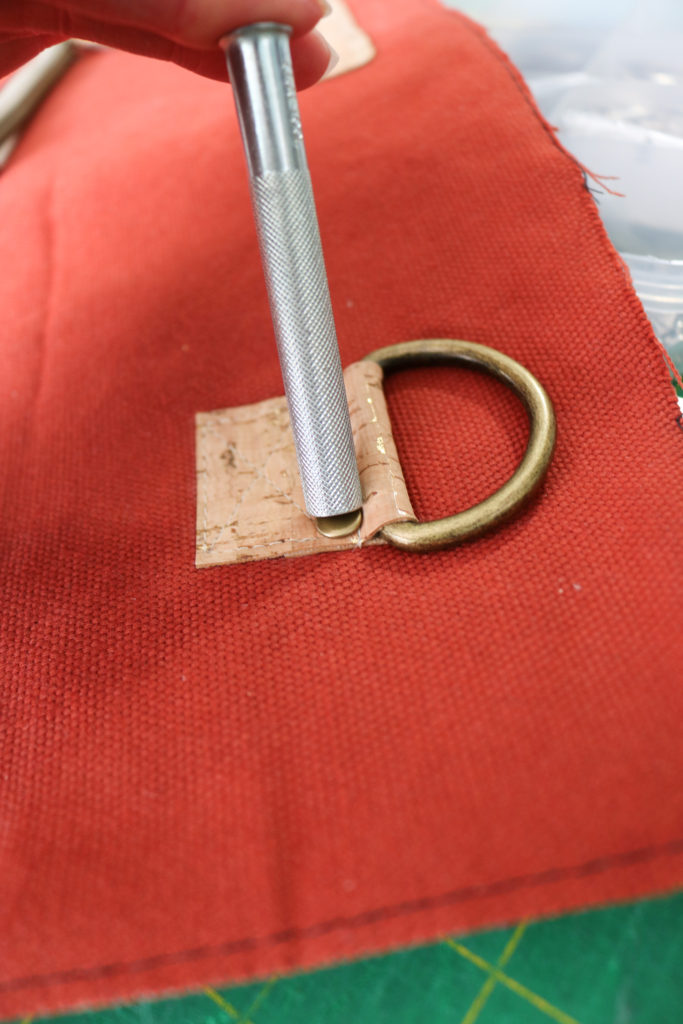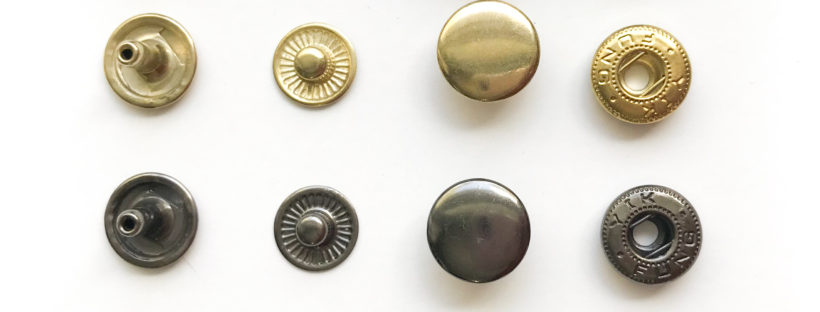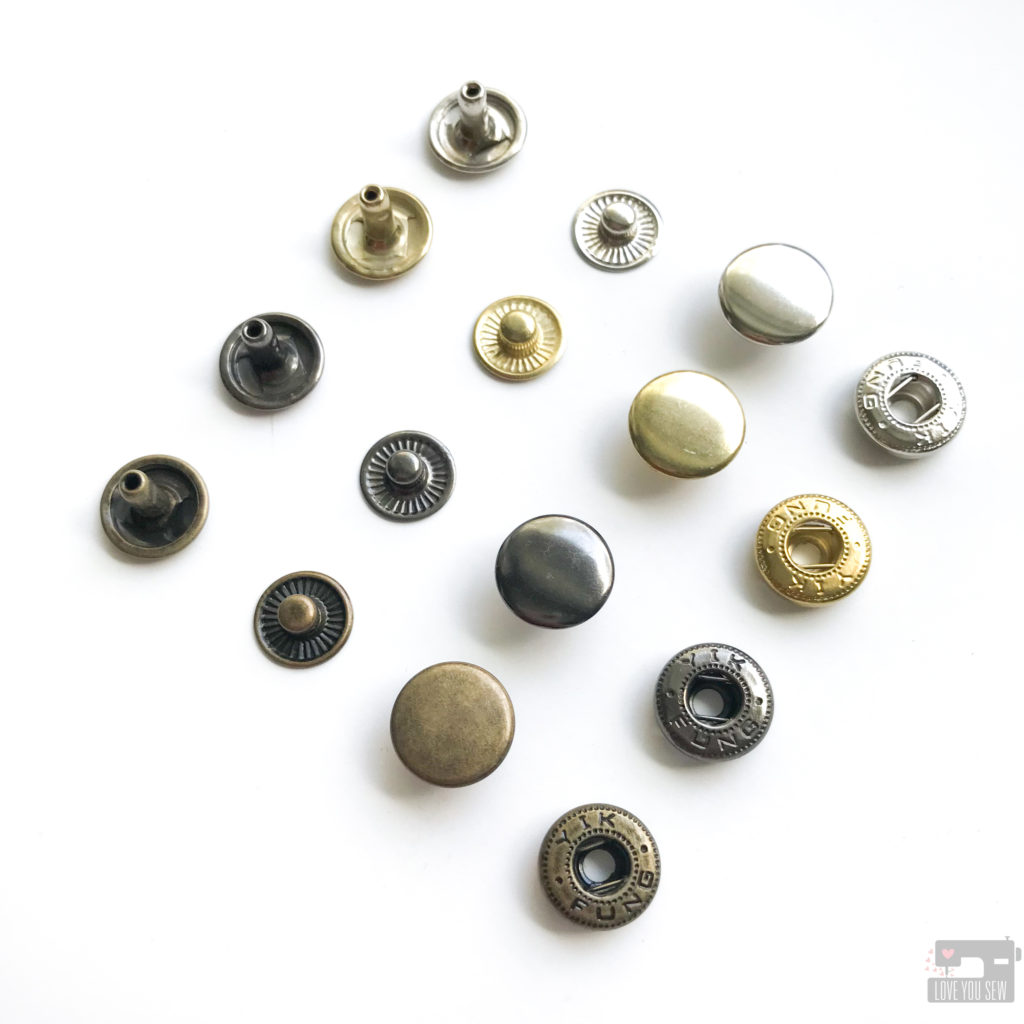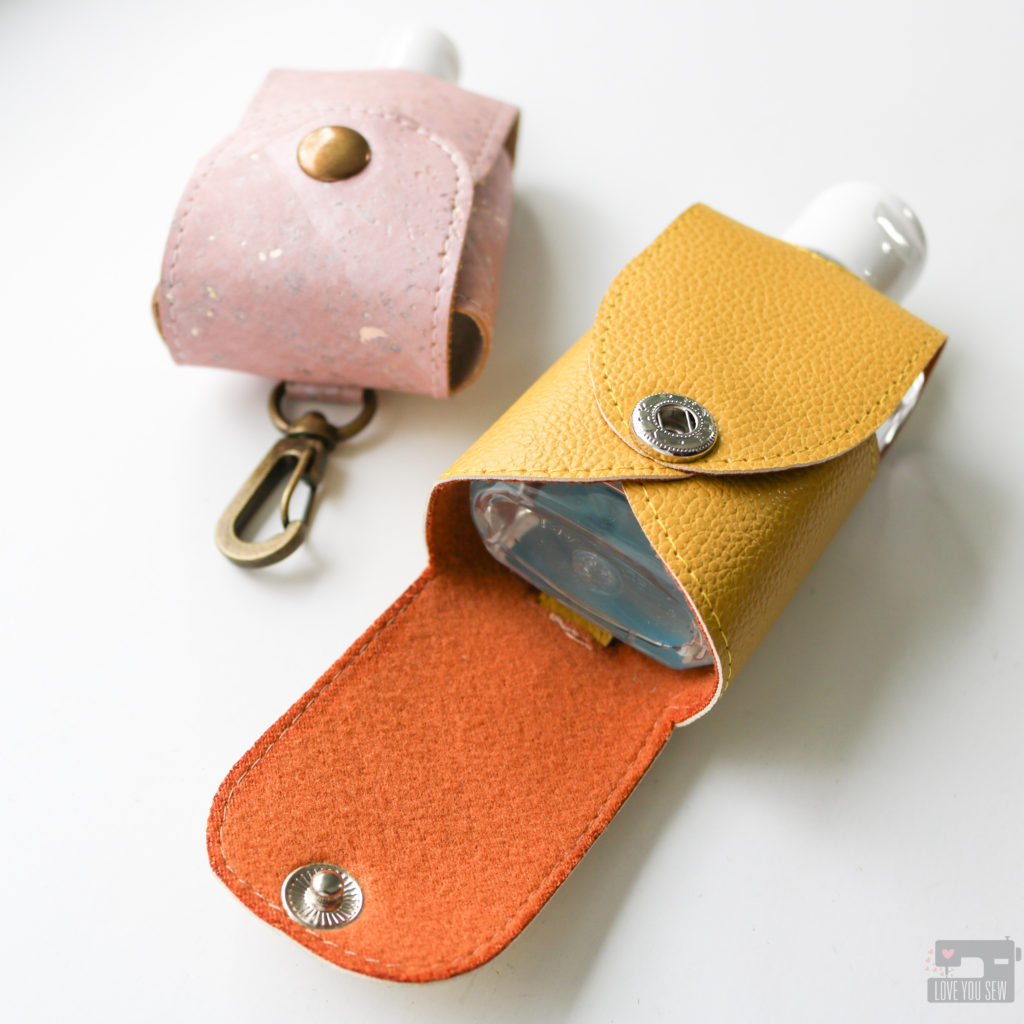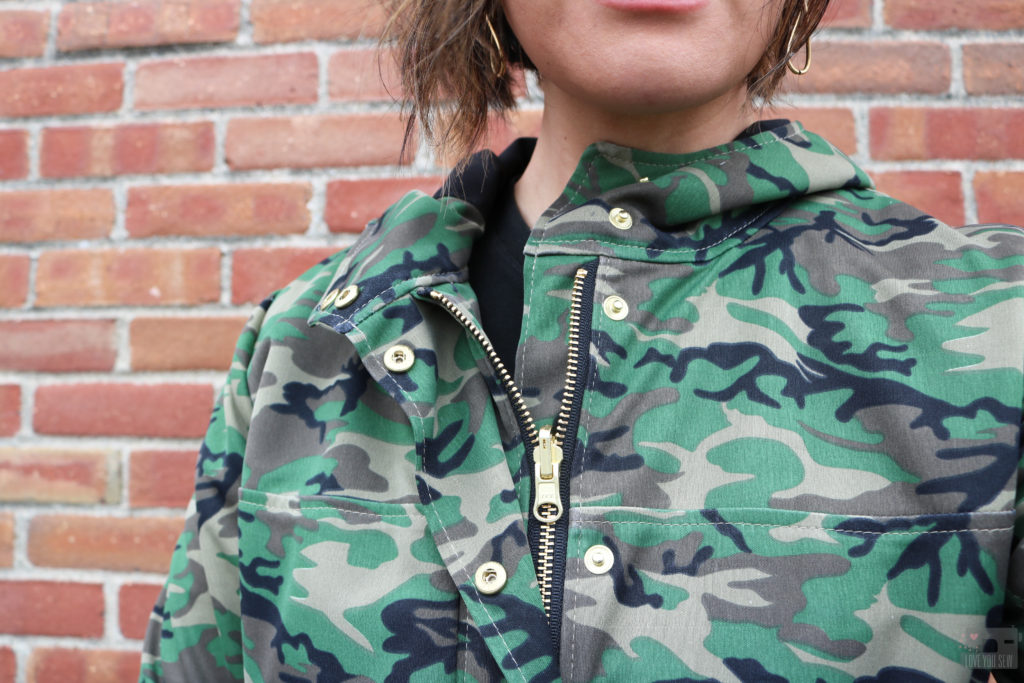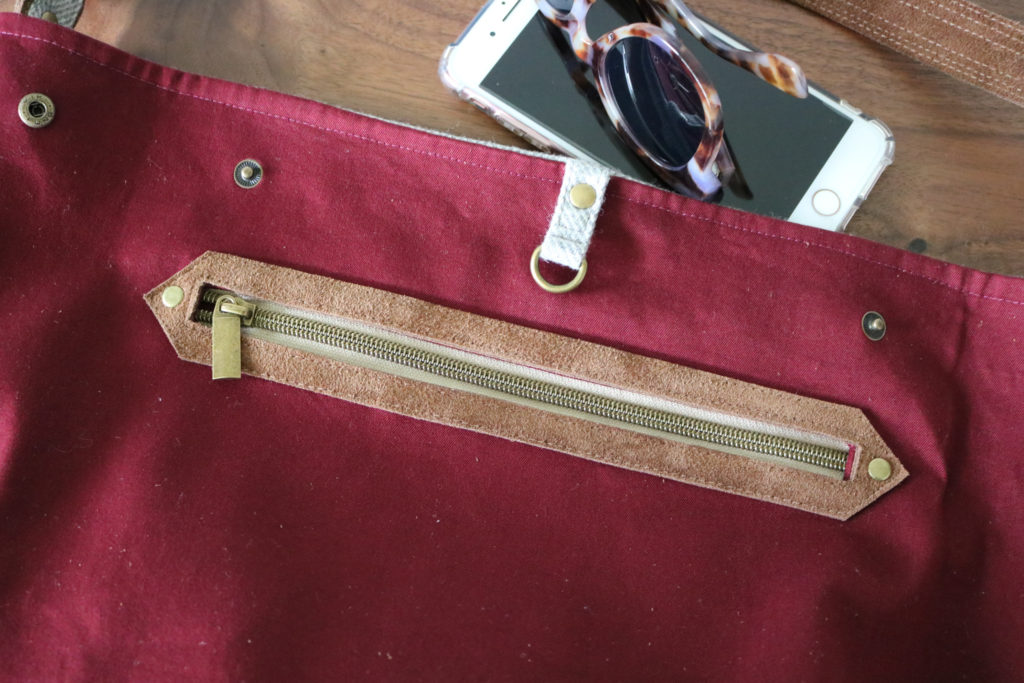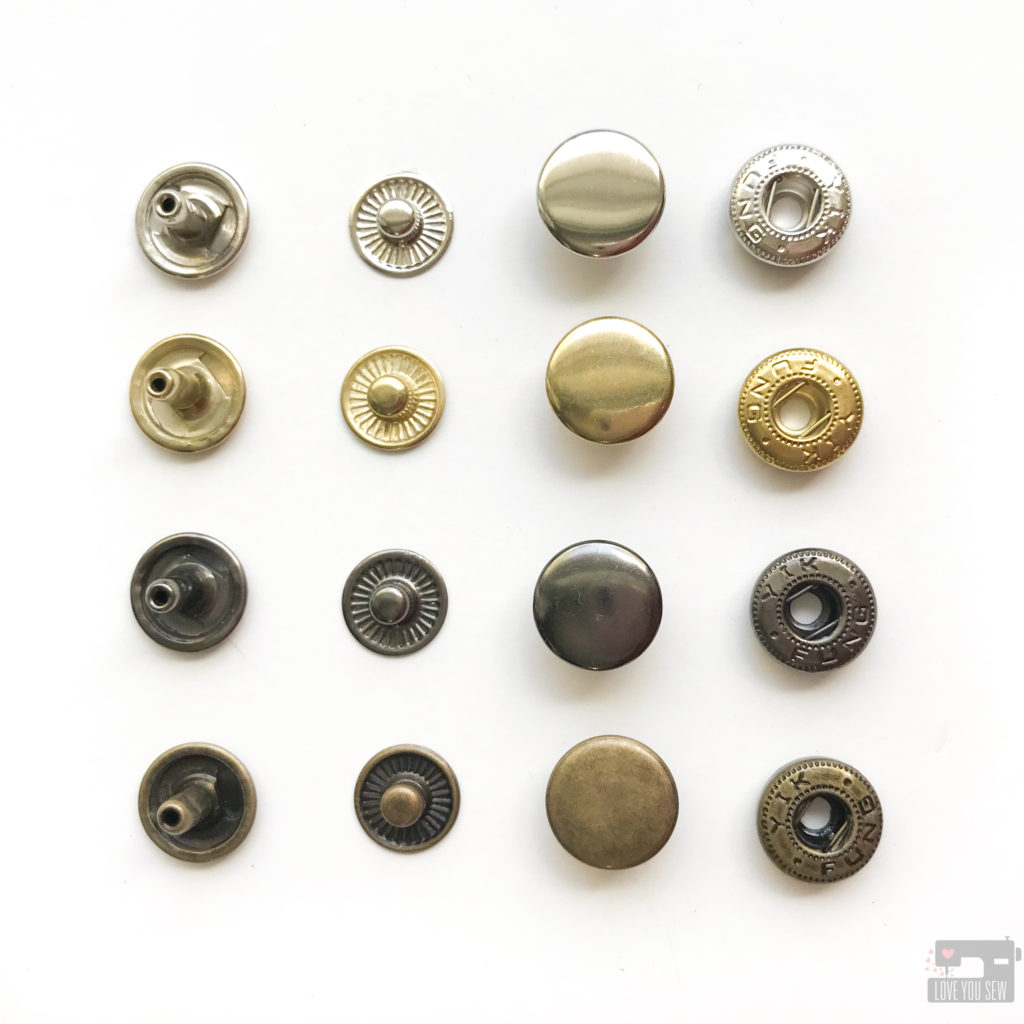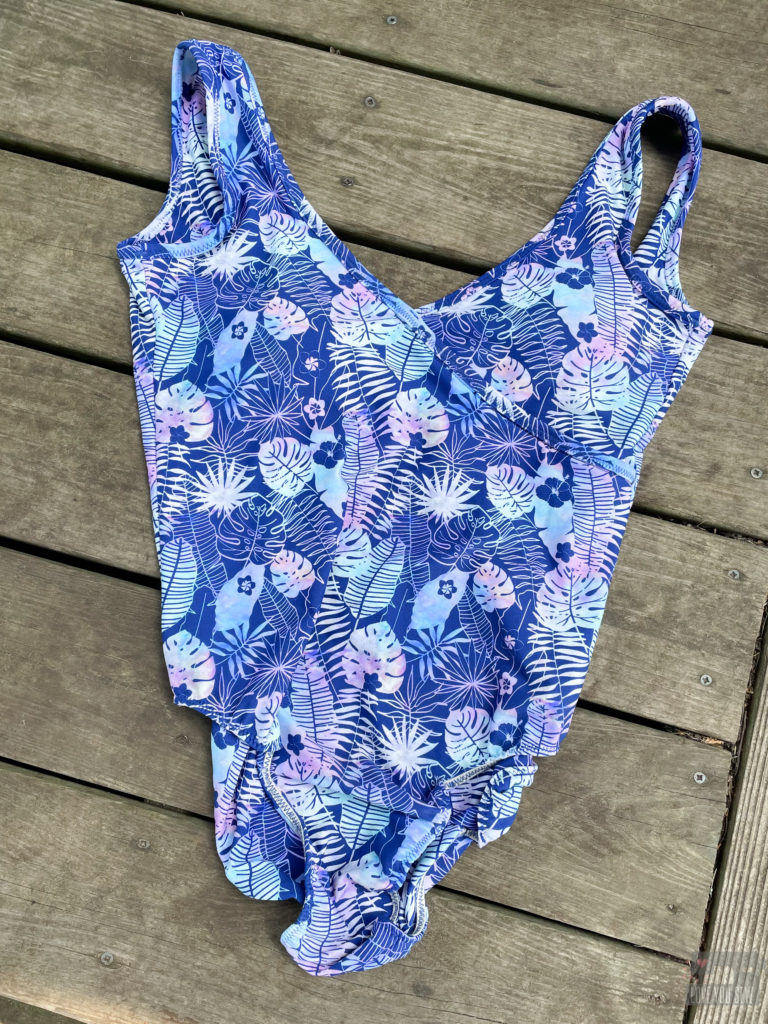
Right before we leave for vacation, what do we, as sewists, always do? Pack??? Nah, that makes too much sense….we just sew more clothes! Isn’t there always one more garment we desperately need to have or else it’ll ruin our trip? 😛 Okay, it may not be that dramatic, but I still wanted a new swimsuit for the family vacation this summer. There was some extra motivation too, since I received my package from Pine Crest Fabrics riiiight before we were about to leave. Who can leave gorgeous fabric just sitting there!
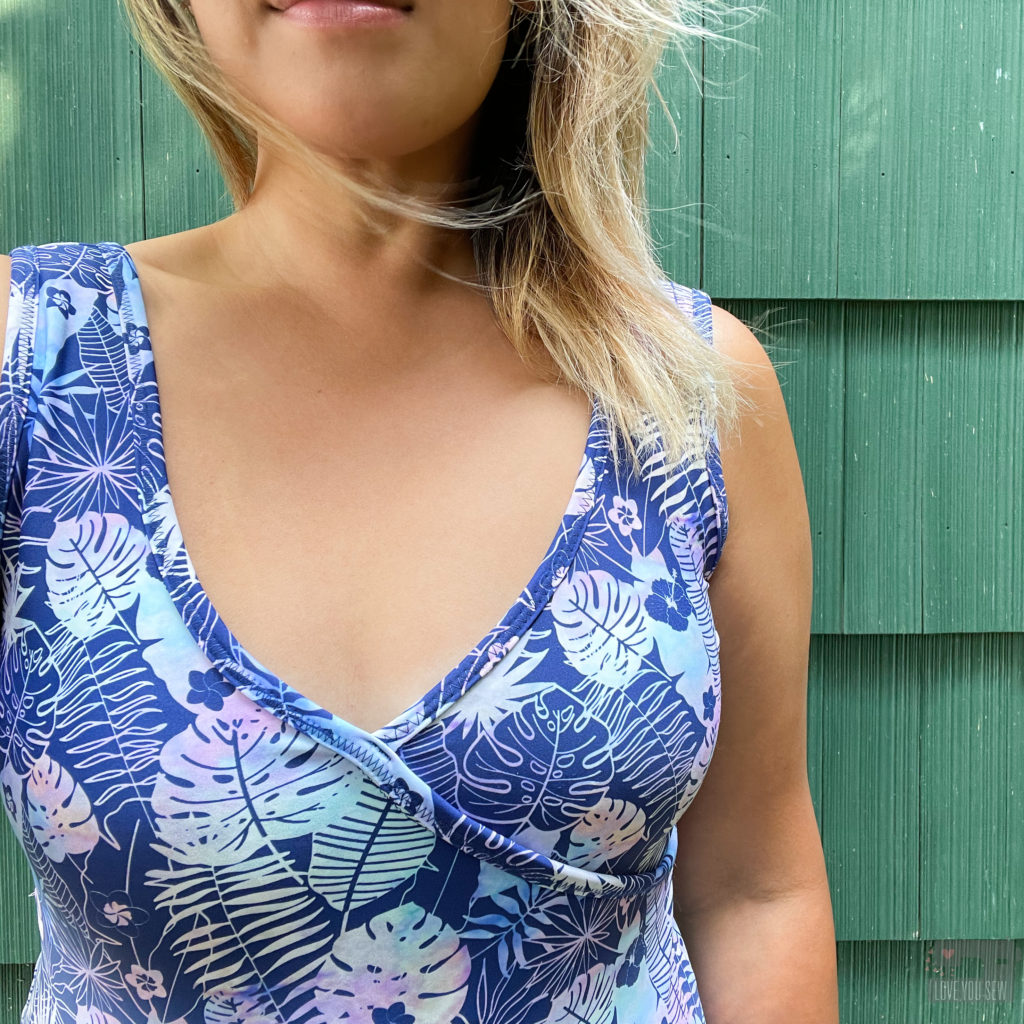
FABRIC
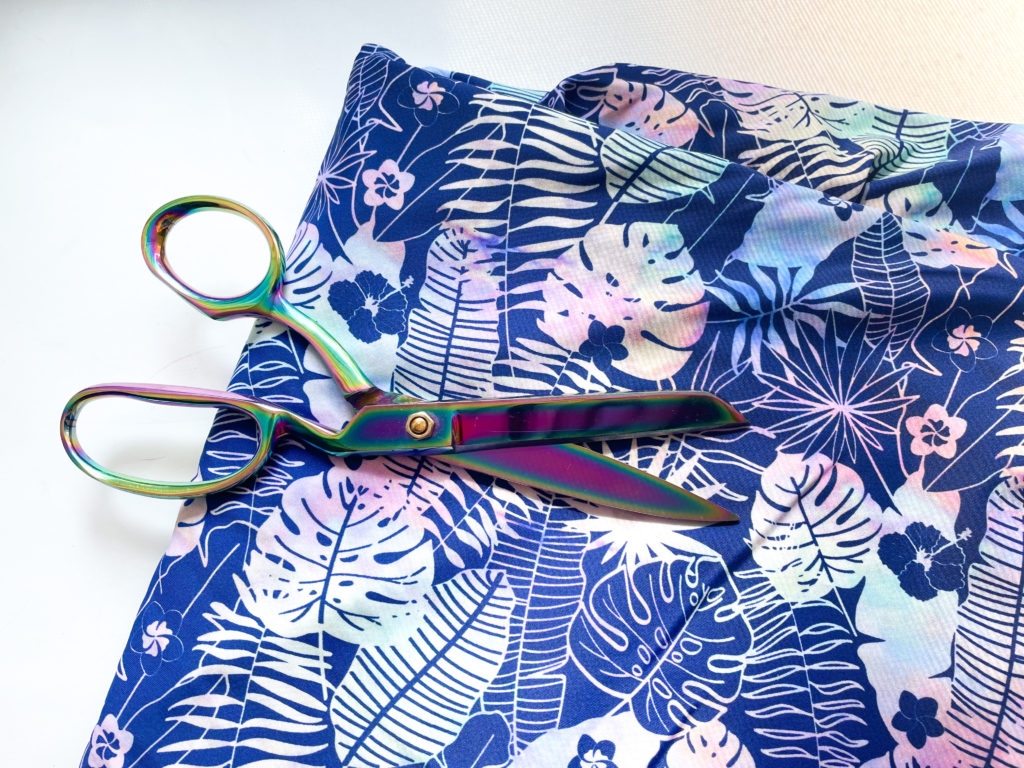
I am very fortunate to have worked with Pine Crest Fabrics before with some Athleisurewear and with other swimwear fabrics. With every make, I’ve been incredibly impressed with these high-quality stretch fabrics. They are durable, silky smooth and have great recovery with the stretch. This Pastel Tie-Dye Jungle print is no exception. It’s a departure from what I would normally wear, but swimsuits are meant to be fun, right? PCF has an incredible library of prints and can even do custom prints for wholesalers. I love this indigo-purple color and that tie-dye is SO on trend right now. The scale of the print is perfect for form-fitting apparel…I absolutely love it and can’t wait to make a few extra separates from the scraps I have!
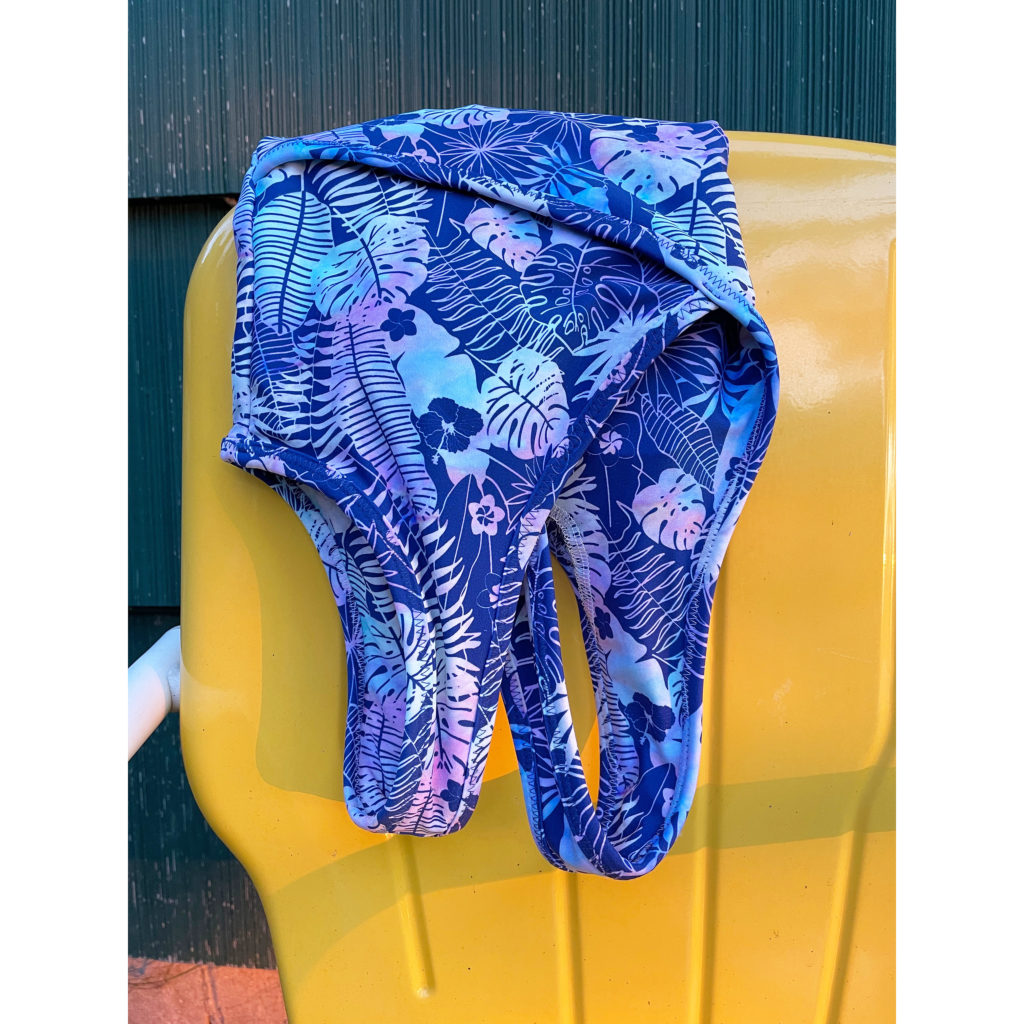
As a repeat maker, testing the feel of all the different base cloths they manufacture is a special honor, especially those which are more sustainable like with this fabric that uses 80% recycled Greenlon (TM) Nylon. I love to thrift, upcycle and use sustainable fabrics when I’m making new garments, and knowing that Greenlon (TM) uses recycled plastics using in the fibers is just amazing! On top of that, PCF also meets the following to be eco-friendly:
- Global Responsibility Standards (GRS) – This means recycled materials are verified and the production process meets responsible practices. You can read more here.
- OEKO-TEX certified to test for harmful substances to human health. You can read more here.
- HIGG Index – This is part of the Sustainable Apparel Coalition for moe standardized measurements in the the textile and apparel industries. You can read more here.
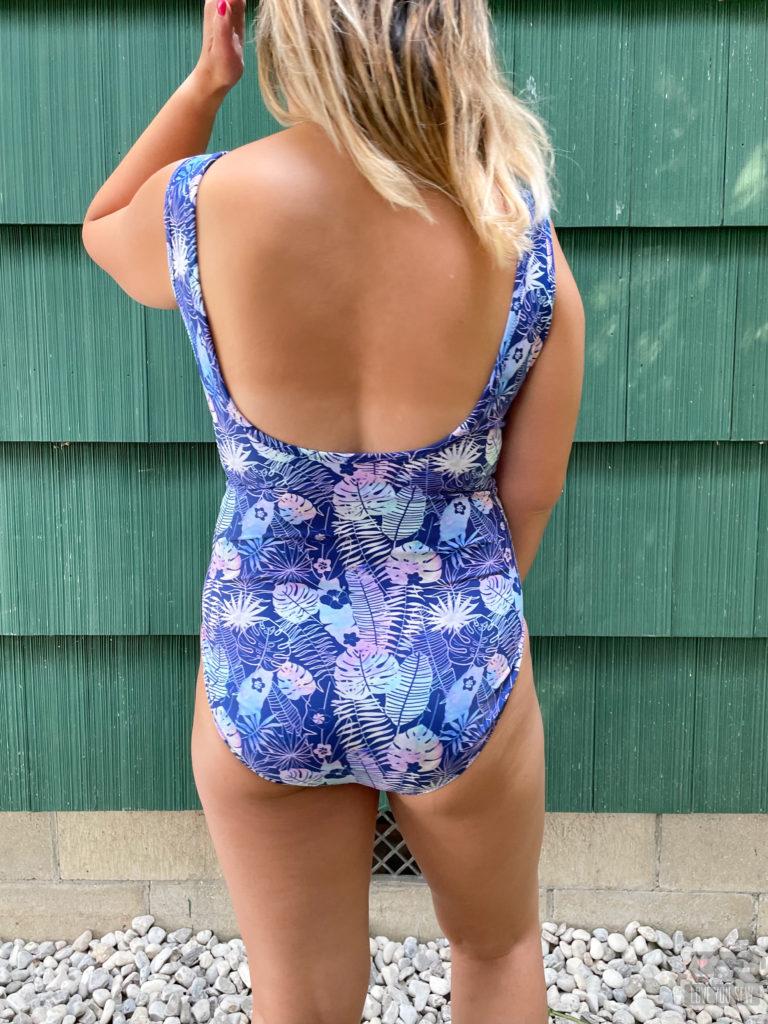
On top of feeling good about all of these certifications, this fabric is STILL absolutely amazing in its weight, hand and feel. The four-way stretch is strong which allows for full movement, but also has great recovery and compression. The fabric is completely opaque, so if you wanted to make leggings or bike shorts, they would be squat-proof too. I like the cool feel from this base cloth and it’s silky enough that I don’t worry about chafing…especially during a long day in a wet suit!
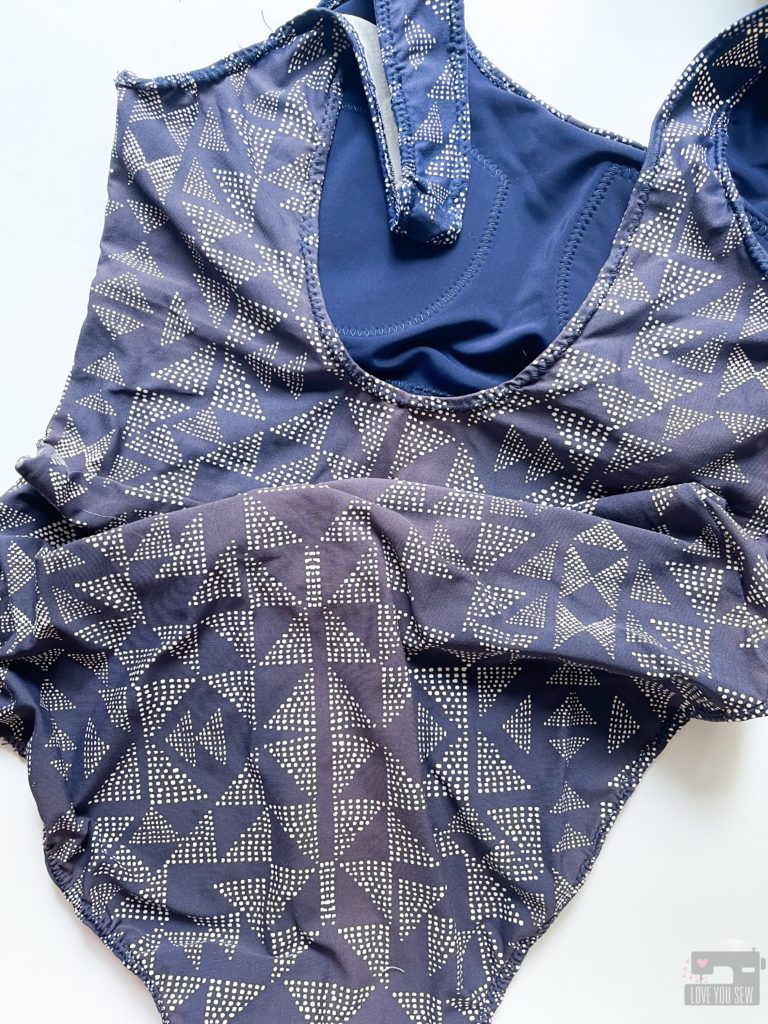
Mystery deadstock fabric with Pine Crest Fabrics solid lining
I’ve sewed with a lot of spandex fabrics with good experiences and some that didn’t live up to my expectations. I made a swimsuit (picture above) using some deadstock fabric I purchased a few years back, so origin and content is a mystery. I loved the print and was happy to buy something that was overstock from a manufacturer. However, I did a lot of indoor swimming over the winter and my lap suit was ravaged by the chlorine. You can see that It went from navy to orange in the center of the print! But if you check out that solid navy lining — it’s Pine Crest! The navy blue is still as saturated as day one. This is a true testament to the quality and high chlorine resistance! It’s just a bummer that I have to toss this suit before the construction and/or fit deteriorated…
PATTERN
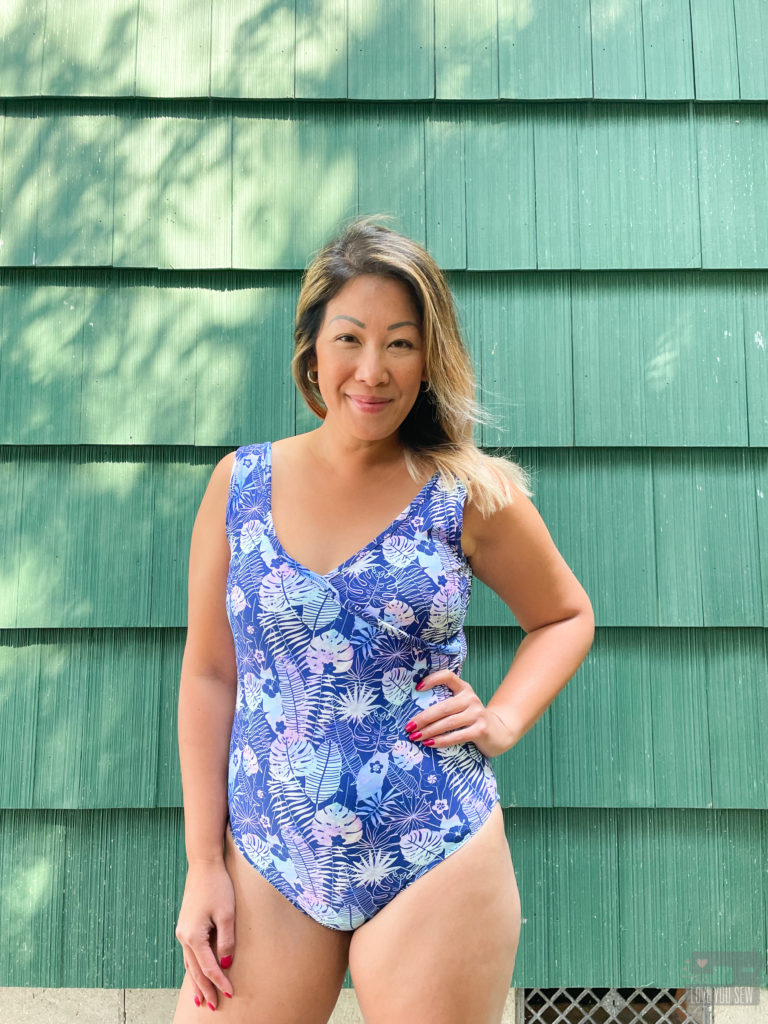
After having my babies, I mostly wear full bathing suits during the hot months. It keeps me covered where I like to be covered, but still allows me to easily play and swim with my kids. After finding the Violet Swimsuit by Laela Jeyne Patterns, I knew I wanted to try it out first with the plain V-neck (and then later with a ruffle.) I used this suit as my wearable muslin/toile while I tried out this pattern for the very first time.
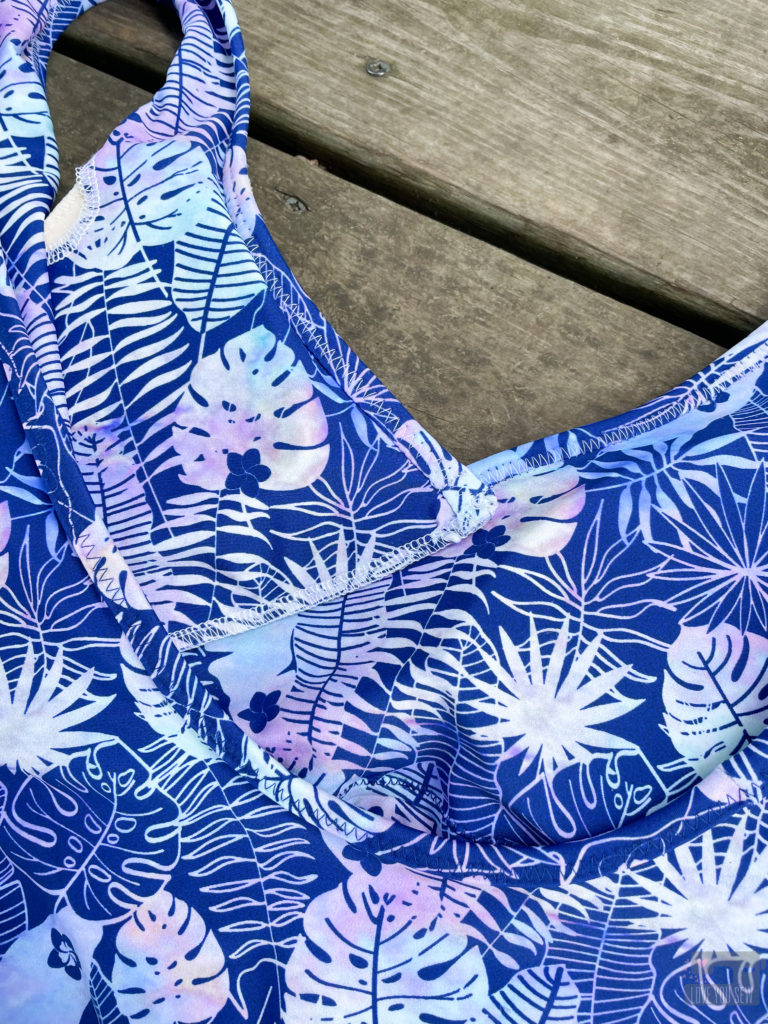
The Violet Swimsuit has two views featuring a faux crossover neckline with and without a ruffle. There is also a cut out variation at the side of waistline for some extra style. All edges are bound and the suit is fully lined. You can select from a high or low scooped back and I opted for the lower style…Can you tell I don’t usually wear one with that tan line??? I love the construction technique for removable pads and love that this suit has different templates going from A-E cups. The pattern fits up to a 49.5″ bust and up to a 47″ high hip.
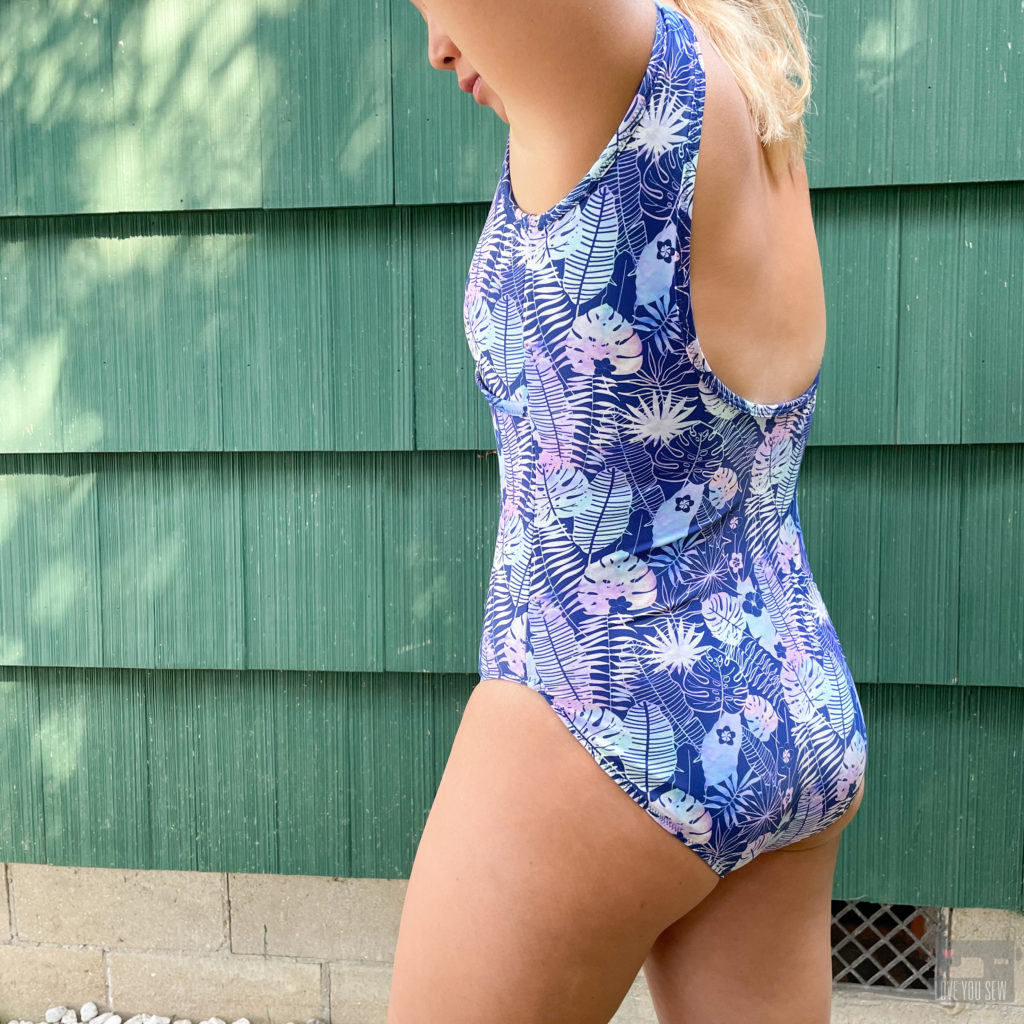
Details and Modifications:
- I measured 10 in the Bust and Waist; 12 in the Hips – graded out the pattern to fit
- Used the same fabric as the lining
- Raised each leg opening by 2″ – Since I’m short, I prefer suits to not cut off my leg at it’s widest point (making me look even shorter.) So, I prefer a higher leg to give an illusion of extra length.
- Added 1″ to each leg elastic since the leg opening was now larger
- Increased the seam allowance 1/8″ at the shoulders and at the crotch for a more secure fit
- For the binding, I sew it to the lining side of the suit first and then flipped it over to the main fabric so I could better control the placement of the topstitch.
- You will notice in the flat-lay of the suit that I inserted the elastic the wrong way but didn’t catch it until it was too late. Instead of picking out the seams I let it be and the suit still wears wonderfully!
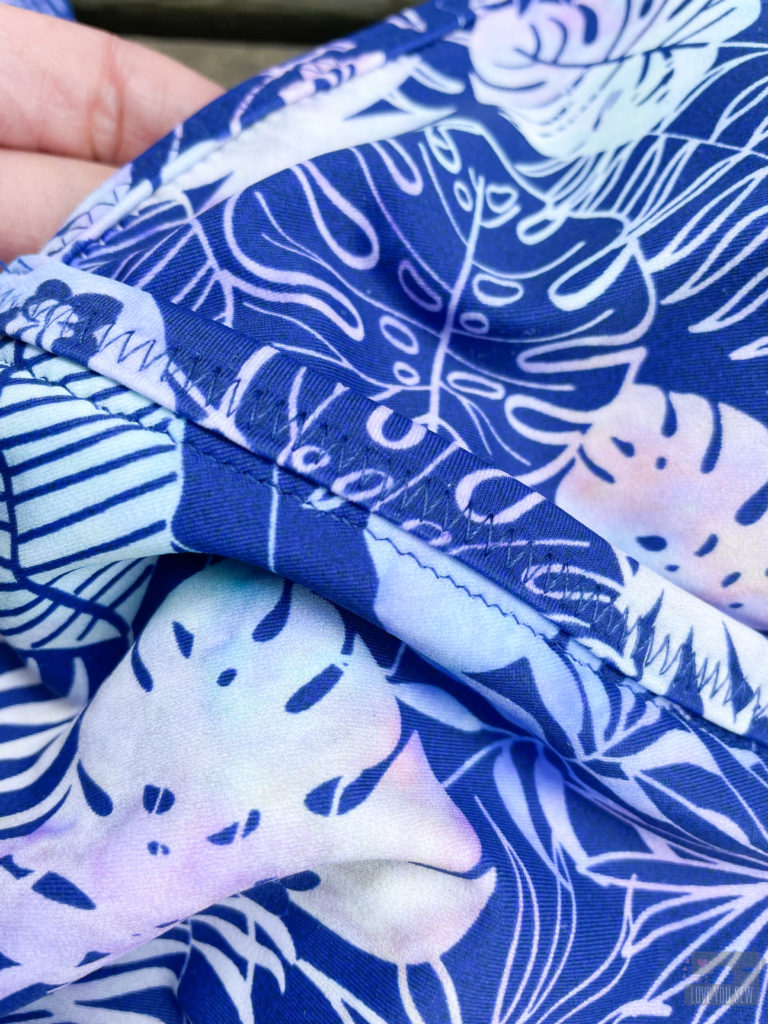
All of the other swimsuits I’ve made before used elastic to secure the edges and I was so happy to try out this binding method. Like most suits, you do NOT need a coverstitch machine and can sew one with the basic stitches (and a ball-point needle!) on your domestic machine. I used a zig-zag stitch and some washable Wonder Tape (aff link) to help hold the binding evenly as sewed. *’Just remember that you have to then wash the garment prior to the final fit since it inhibits the stretch.
The faux crossover feature of the suit does require top-stitching to hold it in place and I was pretty stoked to use my “lightning” stitch for the first time. Yes, I do own a coverstitch, but I certainly don’t always want to spend the time setting it up for 8″ of stitching! This is a great low-profile stretch stitch and I’m so pleased with how it looks and holds up.
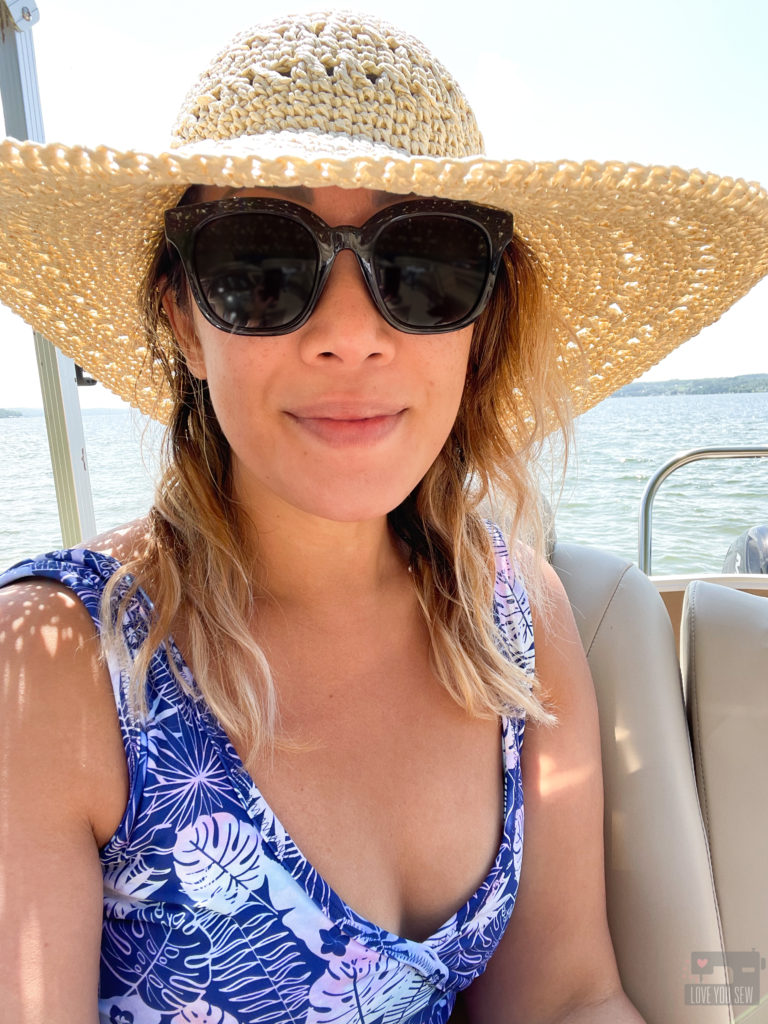
Overall, I’m very pleased with this make. The fabric and print are phenomenal and I appreciated the cool hand and quick drying after a long day on the lake with my kids. With new makes, I appreciate lots of notches and that’s the one thing I wish the pattern had….especially with the binding not centered at the back as you would intuitively think would happen. I also wish the pads sat more evenly in the suit, but once on, it does stay in place. Buuuut, these little things won’t stop me from making another! I’ll post up my ruffle version soon! Have you made any new swimsuits this year?
Happy sewing!
Cristy
These fabrics were gifted to me by Pinecrest Fabrics in exchange for this blog post. I purchased this pattern to use with the fabric. All opinions are my own.
There maybe affiliate links used in this post. You can read about my disclosures here.
